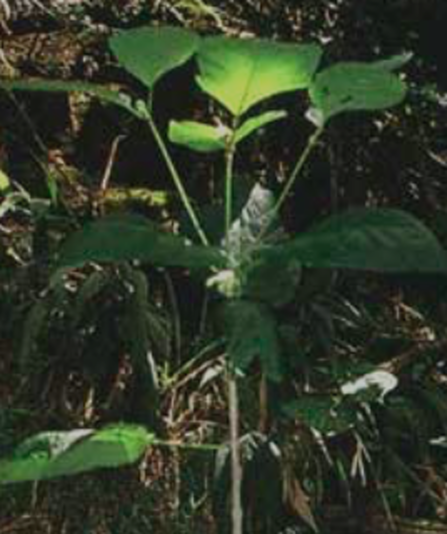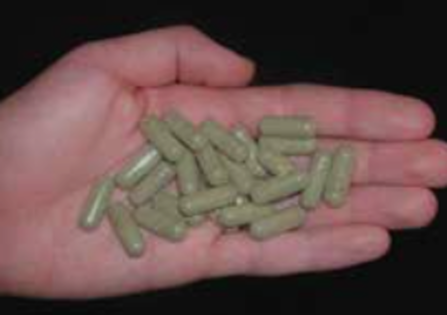What’s the Problem with Kratom?
Kratom is a drug imported from Asia, a product manufactured from the leaves of a tree that grows in Thailand, Malaysia, Myanmar and other parts of Southeast Asia. In Asia, it’s been used for many decades as a stimulant – much the same way that coca leaves were used in South America. It helped workers withstand long hours of hard work, it gave them an artificial boost of energy and provided relief from muscle strains.

The planting of the kratom tree was made illegal in Thailand in 1943, but many young people never stopped using the drug.
A drink made of kratom leaves, insecticide coils and cough syrup or cola became popular. It was supposed to make the drinker bold and fearless. It also makes the drinker itchy, sweaty, nauseated, constipated and uninterested in food.
The problem with kratom is that it is addictive. The Drug Enforcement Administration (DEA) reported on the effects of long-term kratom use:
- Anorexia
- Speeded heart rate
- High blood pressure
- Liver toxicity
- Weight loss
- Insomnia
- Onset of withdrawal when the drug is ceased
- Psychotic symptoms
- Hallucinations
- Delusion
- Seizure
- Confusion

Kratom withdrawal includes hostility, aggression, achy muscles and bones and jerky movements of arms and legs. Fifteen deaths related to kratom use have been reported between 2014 and 2016.
Kratom Sales in the United States
As of this writing, kratom is legal in most of the United States but the DEA announced its intention to ban this substance in August 2016. The drug is addictive, harmful and has no medical use in the United States – the usual criteria to judge whether or not a drug should be banned.
As with other drugs, there are advocates who feel it should be kept legal, claiming that it offers medical benefits. And also like many other drugs, anyone with a debit card and a shipping address can obtain the prepared drug or kratom leaves via the internet.

As long as we have an epidemic of prescription and illicit opioid use and overdoses in the U.S., we have evidence that many of our citizens lack an understanding of the damage that can occur from the abuse of intoxicants. Use of both legal and illegal intoxicants (alcohol included) leads one to rely on a substance to escape from reality instead of building up one’s ability to succeed in life and enjoy one’s accomplishments. Success while sober is the very healthiest way of enjoying one’s own life, one’s family and community.
If kratom has medical benefits, administering the drug in a purified form that meets proper standards, and that is supervised by a medical practitioner is a better system of making those benefits available to Americans. When it’s done that way, the message delivered to our youth is that drugs are dangerous if improperly used and so they should be carefully managed—rather than freely made available to anyone. And that is a message that educates our youth that drugs should be respected for the hazards that accompany their misuse. Which is a good lesson for American youth to hear.
Rehabilitation can help a person who becomes addicted to kratom regain a healthy, productive life again, but preventing addiction can save an individual and his (or her) family years of anguish and pain.
Images courtesy of the DEA
https://www.dea.gov/pr/multimedia-library/publications/drug_of_abuse.pdf


 ®
®